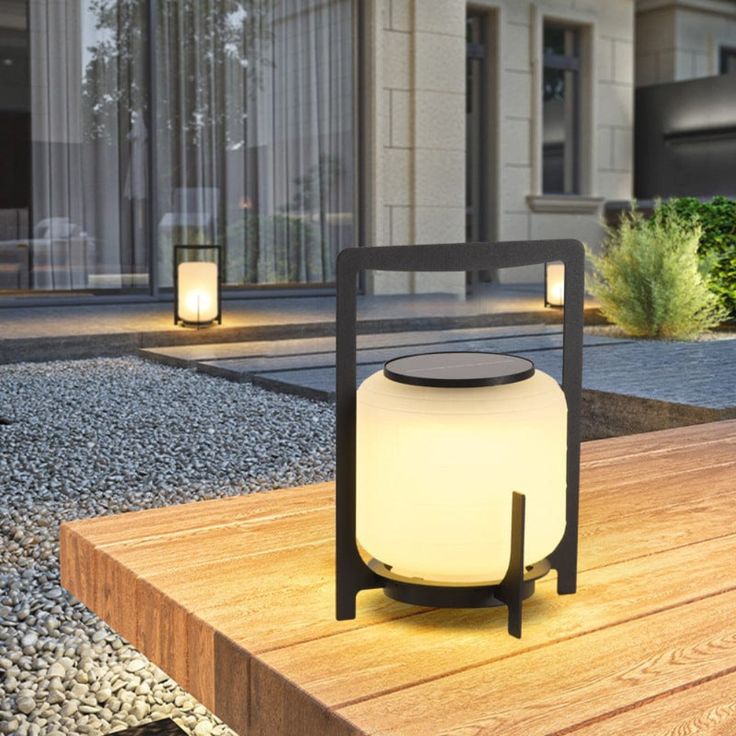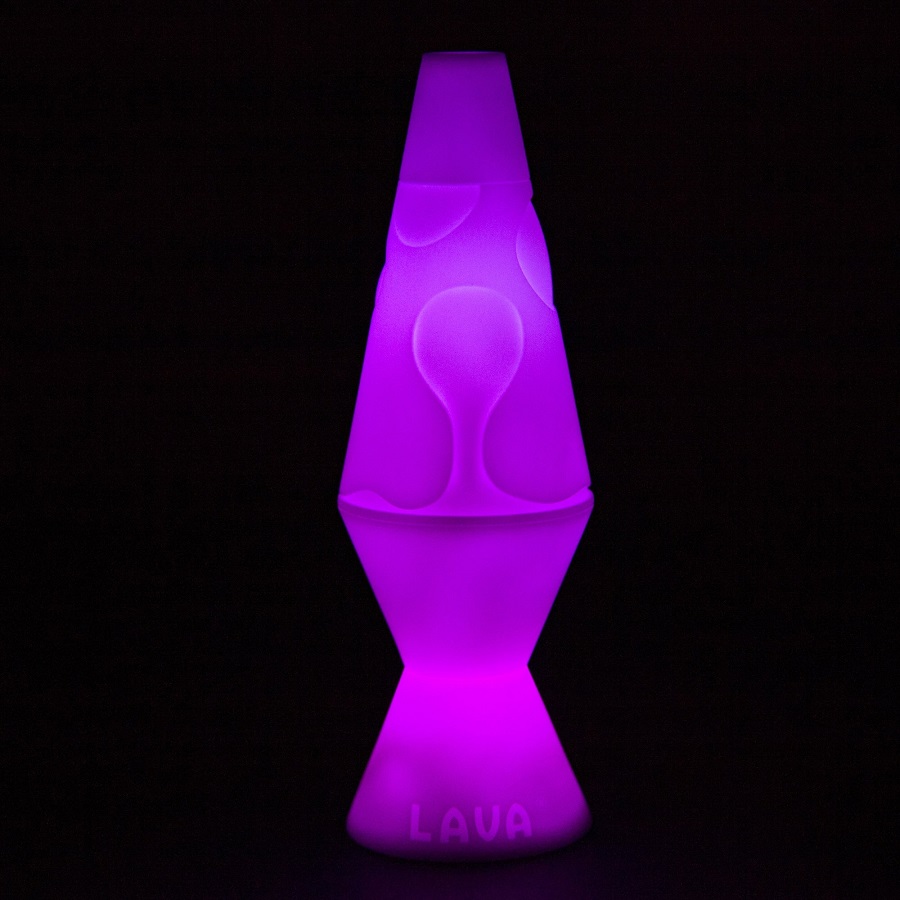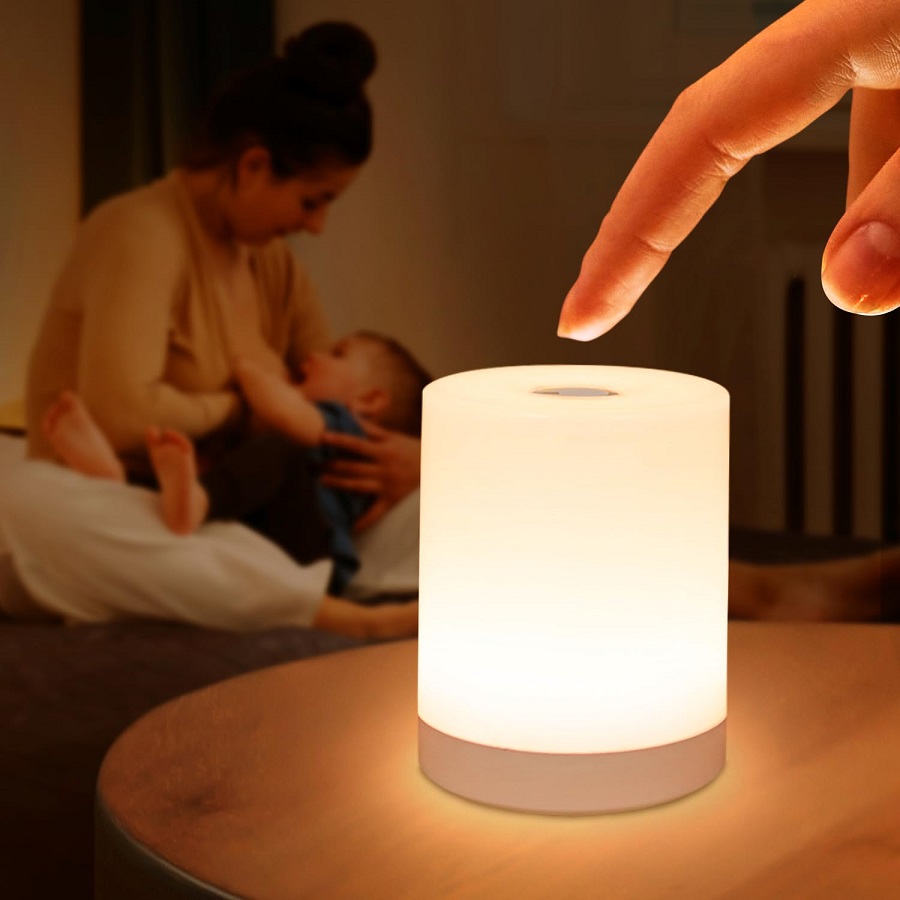LED grow lights have revolutionized indoor gardening by providing an efficient, reliable, and adjustable light source for plants. One critical aspect of using LED grow lights effectively is determining the led grow light distance from plant. This comprehensive guide will cover everything you need to know about setting the right distance between your LED grow lights and your plants, ensuring optimal growth and health.
 Functions of LED Grow Lights
Functions of LED Grow Lights
LED grow lights have revolutionized indoor gardening and agriculture with their efficiency and effectiveness. They offer a range of functionalities that make them ideal for growing plants indoors. Here’s a detailed look at the major functions of LED grow lights:
Photosynthesis Support
Description: One of the primary functions of LED grow lights is to support photosynthesis, the process by which plants convert light energy into chemical energy to fuel their growth.
Pros: Tailored light spectra, high efficiency, consistent light supply.
How: LEDs can be customized to emit wavelengths of light that are most effective for photosynthesis, typically in the blue and red spectrum ranges. This optimization enables plants to photosynthesize more efficiently compared to traditional lighting.
Energy Efficiency
Description: LED grow lights consume less energy compared to traditional grow lighting solutions like fluorescent and HID (High-Intensity Discharge) lights.
Pros: Lower electricity bills, environmentally friendly.
How: LEDs are designed to convert a higher percentage of electrical energy into light, reducing energy waste. Their high efficacy (lumens per watt) means you get more usable light for less power.
Heat Management
Description: LED grow lights produce considerably less heat compared to traditional lighting options, which reduces the risk of burning your plants.
Pros: Cooler growing environment, less need for additional cooling systems.
How: LEDs operate at lower temperatures, and many designs include built-in heat sinks and cooling fans to further manage heat output.
Understanding LED Grow Lights
What Are LED Grow Lights?
Definition: LED grow lights are artificial light sources designed to stimulate plant growth by emitting light optimized for photosynthesis. LEDs (light-emitting diodes) are energy-efficient and provide a range of light spectra tailored to different plant needs.
Advantages: LED grow lights are known for their long lifespan, energy efficiency, and the ability to produce light in specific wavelengths, making them ideal for various stages of plant growth.
Types of LED Grow Lights
Full Spectrum LEDs: These lights provide a broad spectrum of light, mimicking natural sunlight. They are suitable for all growth stages, from seedling to flowering.
Red and Blue LEDs: These lights emphasize red and blue wavelengths, crucial for photosynthesis and promoting vegetative growth and flowering.
Adjustable Spectrum LEDs: These lights allow you to adjust the spectrum depending on the plant’s growth stage.
 Importance of Light Distance
Importance of Light Distance
Photosynthesis Efficiency
Correct Intensity: Proper light distance ensures that plants receive the appropriate light intensity for photosynthesis, promoting healthy growth and development.
Preventing Light Burn
Light Burn: Placing the LED grow light too close can cause light burn, stressing the plants and damaging leaves.
Heat Management: Correct light distance helps in managing heat, preventing overheating and dehydration of the plants.
Boosting Growth
Optimal Growth: Proper light distance maximizes light penetration through the canopy, encouraging uniform growth and healthier plants.
Factors Affecting Light Distance
Light Intensity
Wattage and PAR: The intensity of LED grow lights is measured in watts and Photosynthetically Active Radiation (PAR). High-wattage lights with higher PAR levels need to be placed further away from plants to avoid light burn.
Manufacturer Guidelines: Refer to the manufacturer’s guidelines for the recommended distance based on wattage and model.
Growth Stage
Seedlings: Seedlings are delicate and require lower light intensity. Keep the lights at a distance to prevent stress, usually 24-36 inches away.
Vegetative Stage: During vegetative growth, plants need more light but still require caution. A distance of 18-24 inches is often recommended.
Flowering Stage: Flowering plants require the highest light intensity. Position the lights closer, typically 12-18 inches away, to maximize light exposure.
Plant Type
Leafy Greens: Plants like lettuce and spinach can tolerate closer light positions as they generally have a lower light requirement.
Flowering Plants: Plants like tomatoes or cannabis need more intense light, requiring specific adjustments to light distance during flowering stages.
Tall Plants: Taller plants or those with dense foliage might require higher light placement to ensure uniform light distribution.
Reflective Materials
Reflective Surfaces: Using reflective materials around your grow area can increase light efficiency, reducing the need to place lights closer.
Room Temperature
Heat Emission: Even though LEDs emit less heat than other grow lights, close placement can still increase room temperature. Monitor room temperature to ensure it remains within optimal range for plant growth.
 Recommended Light Distances
Recommended Light Distances
General Guidelines
Seedlings: Place LED grow lights 24-36 inches away from seedlings to provide gentle light that promotes healthy root development.
Vegetative Stage: For plants in the vegetative stage, adjust the light distance to 18-24 inches. This distance supplies the increased light intensity needed for robust growth.
Flowering Stage: During the flowering stage, plants require intense light. Position the LED grow lights 12-18 inches away to maximize light exposure and promote flowering.
Specific Light Models
Low Wattage (100-300W): Place lights 24-36 inches away for seedlings, 18-24 inches for vegetative growth, and 12-18 inches for flowering.
Medium Wattage (300-600W): Adjust to 24-30 inches for seedlings, 18-24 inches for vegetative stage, and 12-18 inches for flowering.
High Wattage (600-1000W+): Position lights 30-36 inches away for seedlings, 24-30 inches for vegetative stage, and 18-24 inches for flowering to prevent light burn due to high intensity.
 Adjusting Light Distance
Adjusting Light Distance
Monitoring Plant Response
Signs of Stress: Watch for signs of light stress, such as bleaching (leaves turning white or yellow) or curling leaves, indicating the light is too close.
Healthy Growth Indicators: Dark green leaves and sturdy stems usually indicate that the light distance is appropriate.
Using Light Meters
PAR Meters: Use a PAR meter to measure the actual light intensity reaching the plant canopy. Adjust the light distance to maintain optimal PAR levels specific to the plant’s growth stage.
Lumen Meters: Lumen meters can also help ensure adequate light distribution, although PAR measurements are more accurate for plant growth.
Gradual Adjustments
Slow Changes: Make gradual adjustments to light distance rather than sudden changes. Slowly raising or lowering the lights allows plants to acclimate to new light intensities.
Common Mistakes and Solutions
Placing Lights Too Close
Light Burn Symptoms: If plants show signs of light burn, such as scorched or curled leaves, raise the lights to reduce intensity.
Heat Stress Indicators: Excessive heat can cause drooping leaves. Ensure adequate ventilation and consider raising the light fixture.
Placing Lights Too Far
Stretching: If plants are stretching (elongated stems), they may not be receiving enough light. Lower the lights to provide more intensity.
Weak Growth: Pale leaves and slow growth signal insufficient light. Adjust the light distance closer to the optimal range.
Ignoring Growth Stages
Stage-Specific Needs: Failing to adjust light distance according to growth stages can hinder development. Regularly adjust the distance as plants transition from seedlings to vegetative and flowering stages.
Inconsistent Placement
Uniform Distance: Ensure that all plants receive uniform light exposure by maintaining consistent light distance across the grow area.
 Importance of Routine Maintenance
Importance of Routine Maintenance
Regular Monitoring
Weekly Adjustments: Check and adjust the light distance weekly to accommodate the plant’s growth and prevent stress.
Health Checks: Regularly inspect plants for signs of light stress or deficiencies and adjust light distance accordingly.
Clean Light Fixtures
Dust-Free: Keep LED grow lights clean and free from dust to ensure maximum light output and efficiency.
System Updates
Stay Informed: Stay updated on the latest LED grow light technologies and best practices to optimize your indoor garden.
Conclusion
Determining the correct distance between your LED grow lights and plants is crucial for promoting healthy growth and maximizing yields. By understanding the factors that influence light distance, such as light intensity, growth stage, plant type, and room conditions, you can make informed decisions to enhance your indoor gardening success. Regular monitoring, gradual adjustments, and staying informed about new technologies will further ensure that your plants thrive under LED grow lights. With this comprehensive guide, you now have the knowledge to optimize your grow light setup for various plant types and growth stages, ensuring a bountiful and healthy indoor garden. Happy growing!



